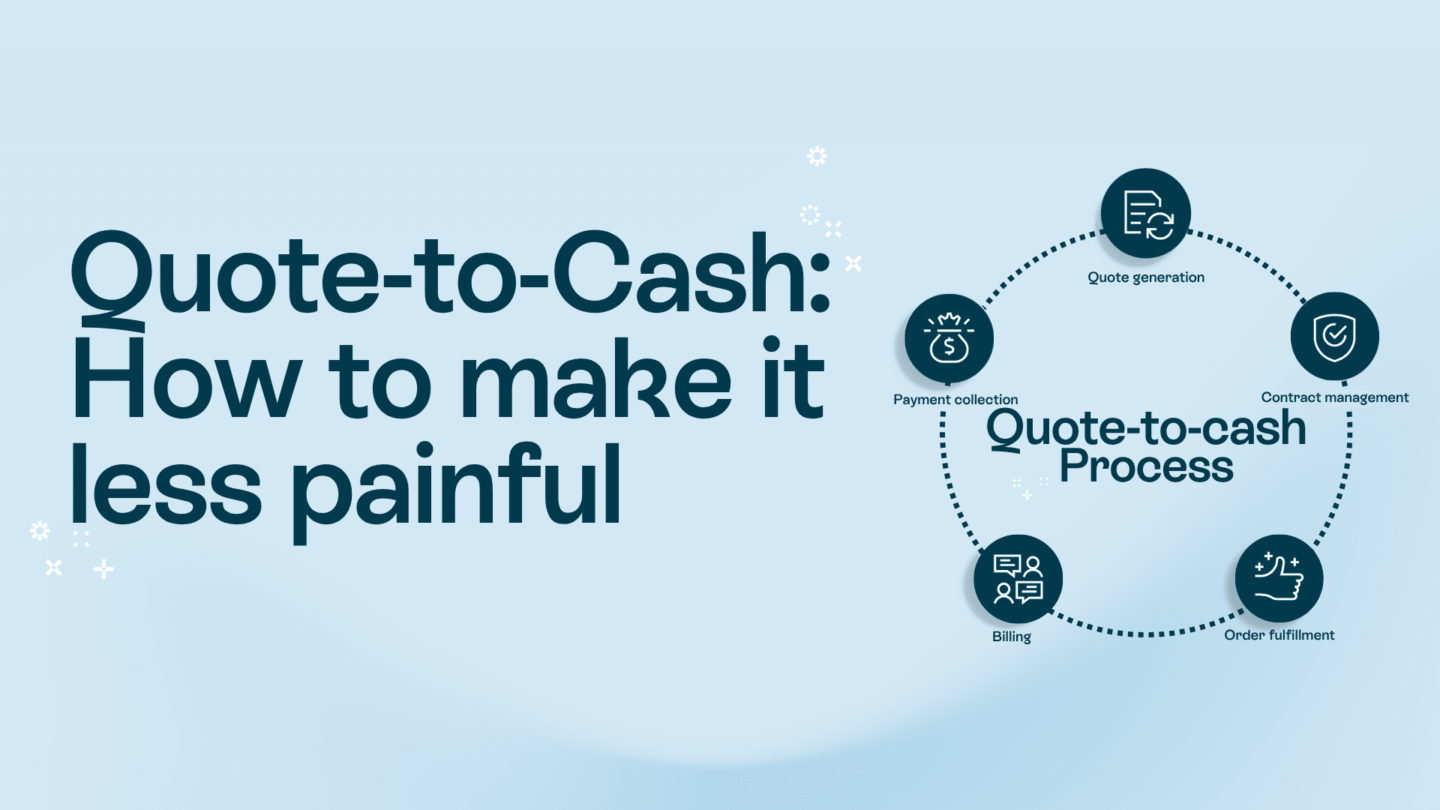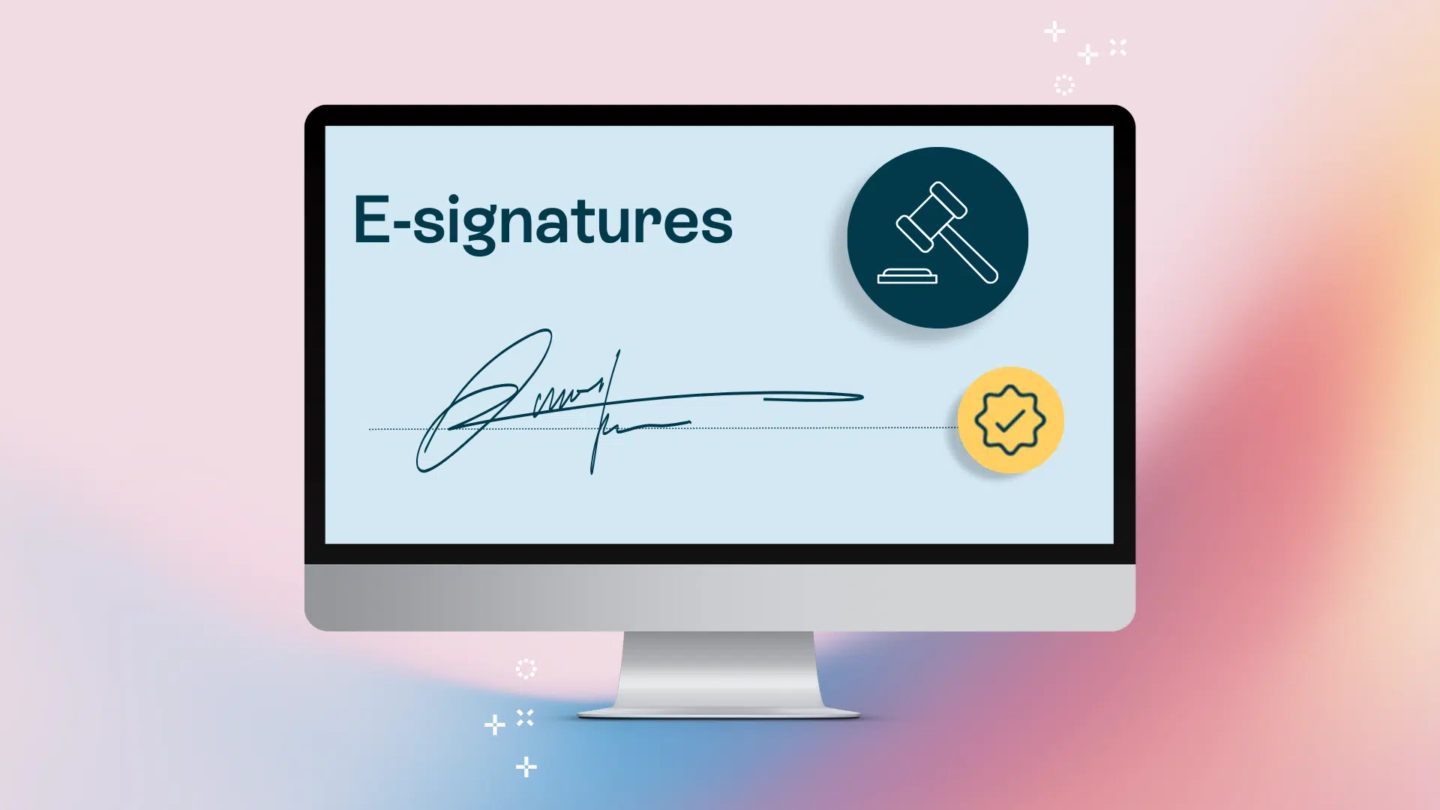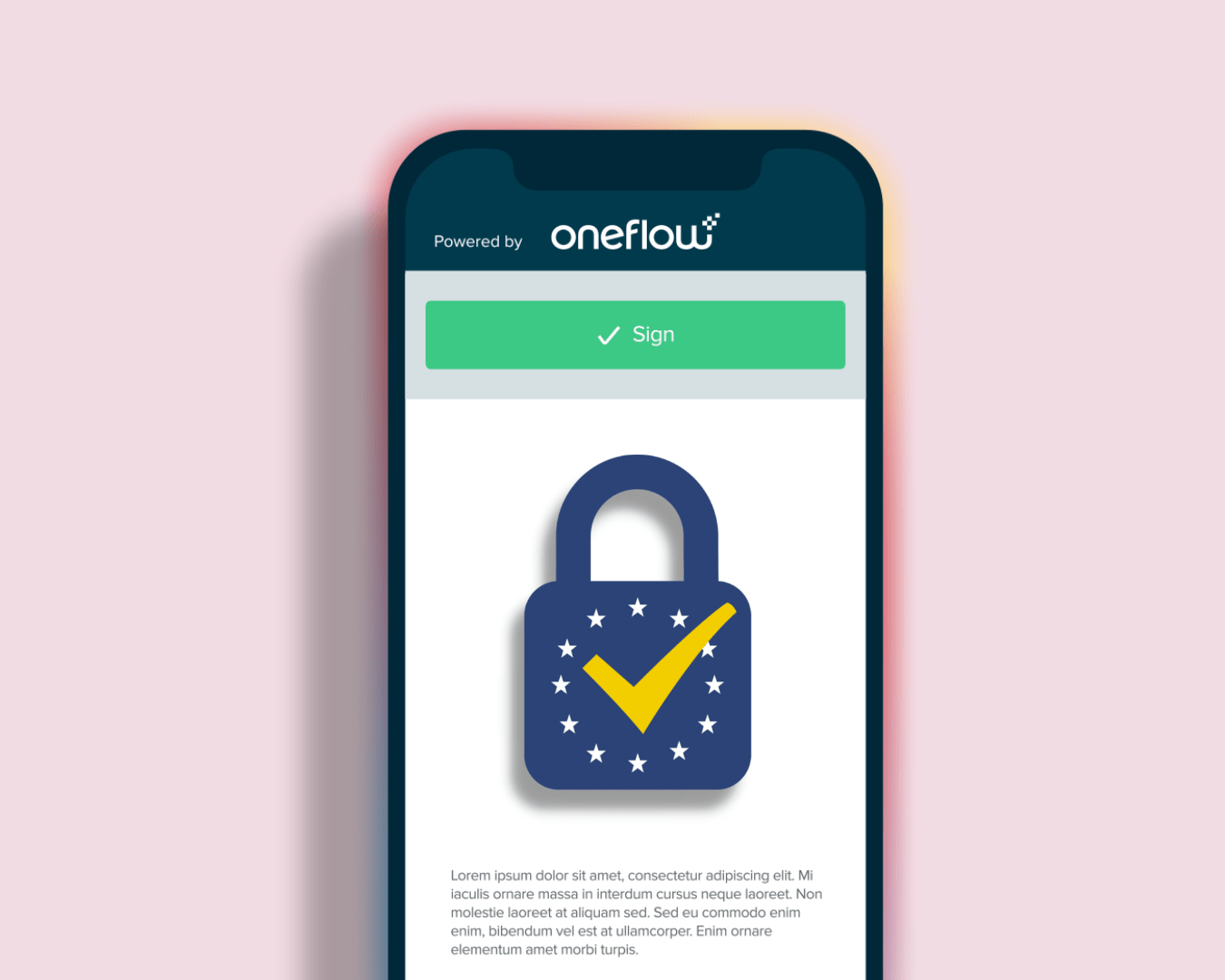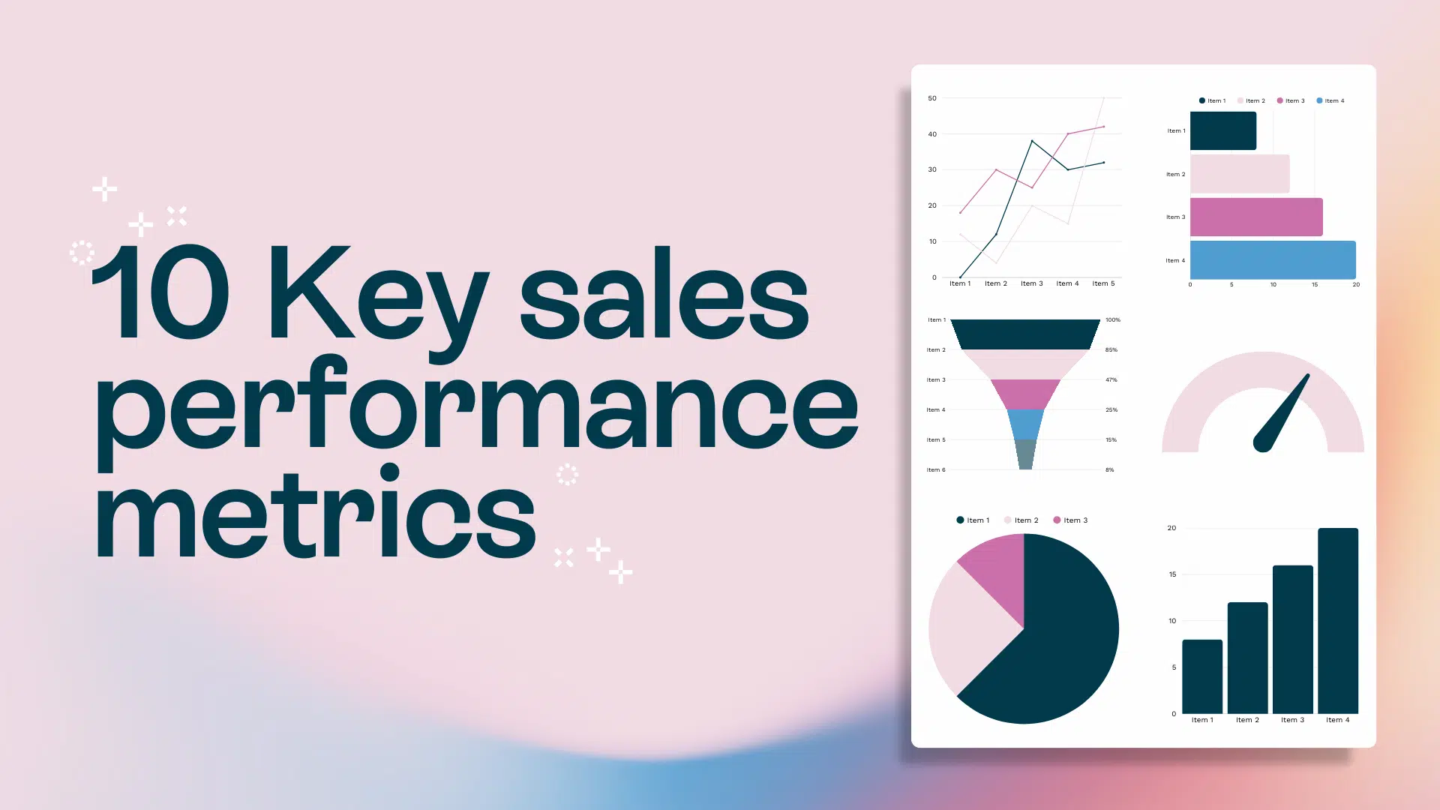A cosigned agreement is a legally binding contract in which one party (the guarantor or cosigner) agrees to take on responsibility if another party fails to meet their obligations. These agreements are common in the UK in financial contracts, property lettings, and business arrangements—providing an added layer of security for lenders, landlords, or service providers.
In this guide, we’ll walk you through what it means to be a cosigner in the UK, the key parties involved, and a step-by-step process to follow before putting pen to paper.
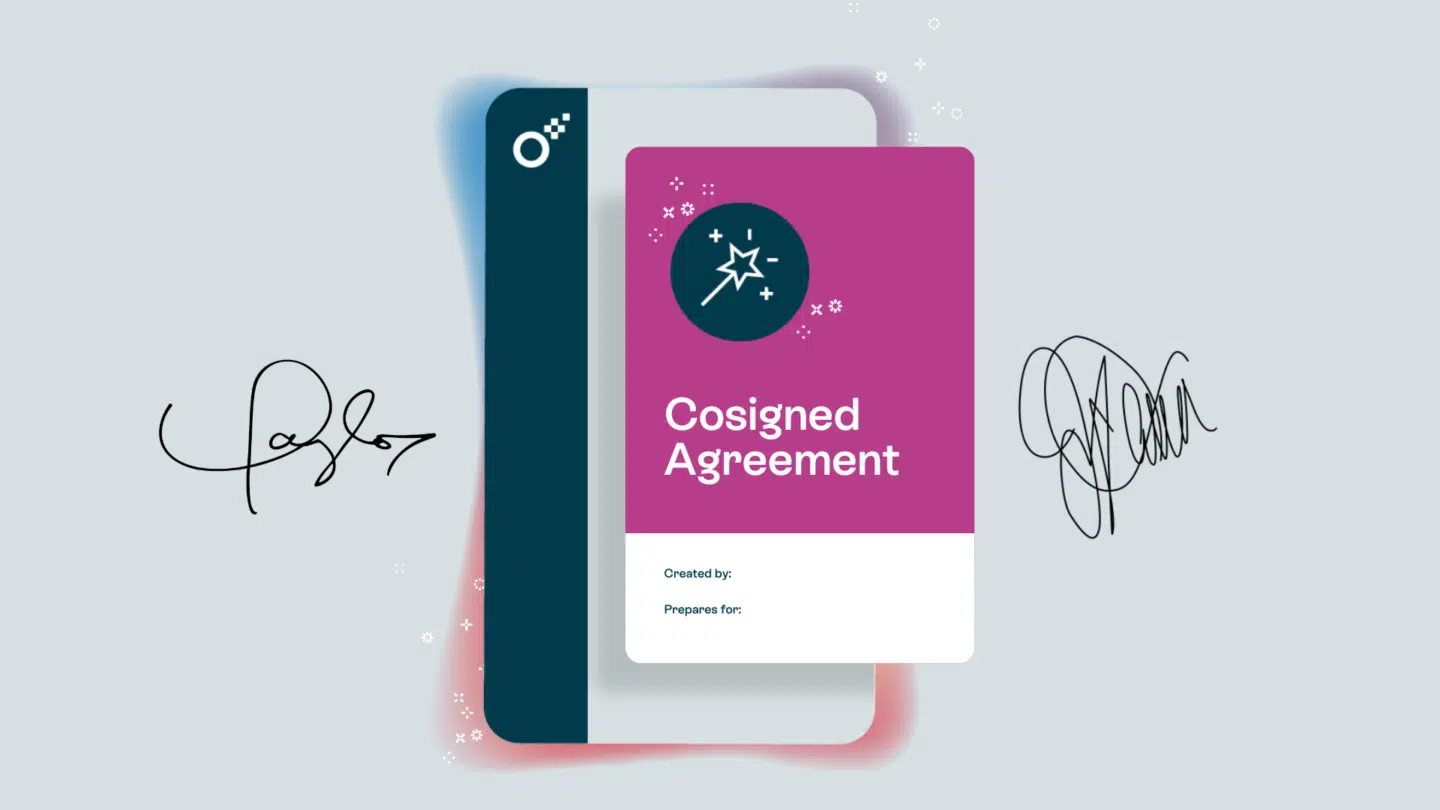
What is a cosigned agreement?
A cosigned agreement involves a second individual adding their signature to a contract alongside the primary party, essentially guaranteeing the commitments made. This often happens when the primary signer lacks sufficient financial history, creditworthiness, or legal standing.
Common types of cosigned agreements in the UK:
- Loan agreements – A guarantor agrees to repay the debt if the borrower defaults.
- Tenancy Agreements – A guarantor commits to paying rent or covering damages if the tenant fails to meet their obligations.
- Business contracts – A cosigner guarantees performance or payment in a commercial deal.
- Legal settlements – A third party may be required to guarantee compliance with legal terms.
Considerations before cosigning an agreement
Cosigning is not a symbolic gesture—it creates a legal responsibility. Before you commit:
- Understand your liability – You could be held responsible for the full amount owed or any contractual obligations if the primary party defaults.
- Evaluate the risk – Make sure the person or business you’re backing is reliable and financially stable.
- Review the contract thoroughly – Know exactly what you’re agreeing to and for how long.
- Credit implications – Late payments or defaults by the primary party could affect your credit score (especially with loan agreements).
Read also: How to sign a power of attorney?
Who is involved in cosigning an agreement?
- Primary signer – The person who directly benefits from the agreement.
- Cosigner/Guarantor – The individual who backs the agreement and accepts financial or legal responsibility if needed.
- Contract Holder – The lender, landlord, or party issuing the contract.
- Witness or Solicitor – Some agreements, especially in housing or financial services, may require witnessing or legal advice for enforceability.

How to cosign an agreement in the UK: Step-by-step guide
Step 1: Read the Contract Carefully
- Confirm the scope of your liability.
- Check for any specific terms that apply to guarantors.
Note the conditions under which your liability could be released or triggered.
Step 2: Assess the Primary Signer’s Position
- Request financial documentation such as payslips, credit history, or employment verification.
- Discuss their long-term ability to meet obligations.
Step 3: Explore Alternatives if You’re Unsure
- Limited guarantor agreements – In some cases, your liability can be capped.
- Security deposits or insurance – Sometimes these options reduce the need for a cosigner.
Joint agreements – Consider whether a joint liability arrangement might be more appropriate
Read also: How to sign contracts online? A complete guide
Step 4: Sign the Agreement with the Relevant Parties
- Ensure all parties sign in the correct place.
- Depending on the agreement type, you may need a witness or to sign in the presence of a solicitor.
Each party should retain a copy of the signed agreement.
Step 5: Monitor the Agreement’s Progress
- Keep an eye on payment schedules and any obligations the primary party must meet.
- Maintain open communication with the primary signer.
For financial agreements, consider monitoring your credit report periodically.
Step 6: Check for a Guarantor Release Clause
Some agreements allow a guarantor to be released after a period of good conduct or repayment milestones. If applicable, make note of how and when this can happen.
When might you cosign an agreement?
Cosigning (or acting as a guarantor) may be necessary in various scenarios:
- Supporting a family member’s mortgage or loan – Especially for first-time buyers or students with limited credit history.
- Acting as a guarantor on a tenancy agreement – Common in the private rental sector, especially for students or those with low income.
- Backing a business partner or investment – Where trust and assurance are needed in commercial contracts.
- Covering legal or medical obligations – In rare cases, someone may need to guarantee costs for legal settlements or private treatment.
Final thoughts
Cosigning an agreement in the UK is a significant legal and financial commitment. It’s vital to understand the risks, review all terms carefully, and ensure you’re fully informed before proceeding.
If you’re uncertain about any part of the agreement—or about your potential liability—it’s worth seeking independent legal or financial advice before signing.
Disclaimer
All information on this page is derived from publicly available sources. Oneflow does not verify the accuracy, completeness, or currentness of this information. Accordingly, Oneflow assumes no responsibility or liability for any inaccuracies, errors, or omissions in the content, nor for any actions taken in reliance on such information. Users are advised to independently verify any information before making decisions based on it.

